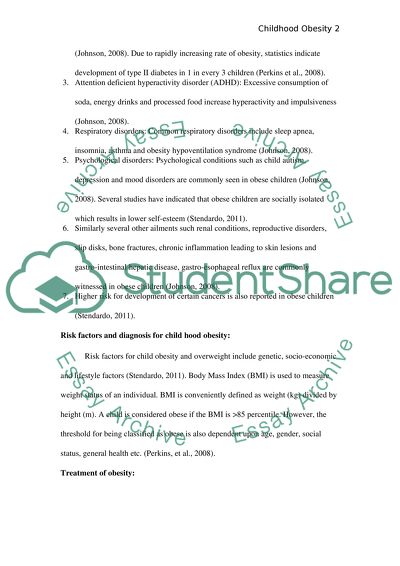Cite this document
(“Solution to cure obesity in children Research Paper”, n.d.)
Solution to cure obesity in children Research Paper. Retrieved from https://studentshare.org/health-sciences-medicine/1461300-solution-to-cure-obesity-in-children
Solution to cure obesity in children Research Paper. Retrieved from https://studentshare.org/health-sciences-medicine/1461300-solution-to-cure-obesity-in-children
(Solution to Cure Obesity in Children Research Paper)
Solution to Cure Obesity in Children Research Paper. https://studentshare.org/health-sciences-medicine/1461300-solution-to-cure-obesity-in-children.
Solution to Cure Obesity in Children Research Paper. https://studentshare.org/health-sciences-medicine/1461300-solution-to-cure-obesity-in-children.
“Solution to Cure Obesity in Children Research Paper”, n.d. https://studentshare.org/health-sciences-medicine/1461300-solution-to-cure-obesity-in-children.


